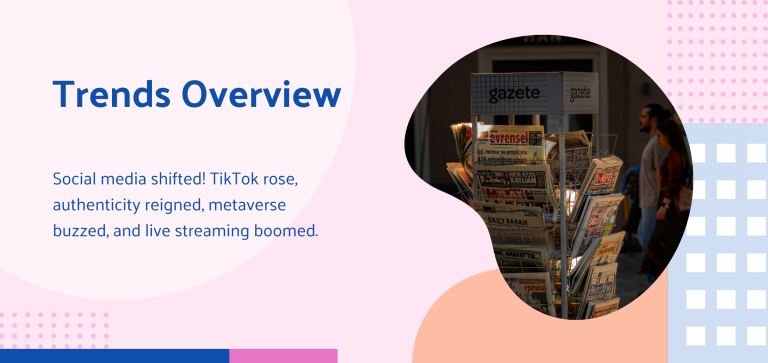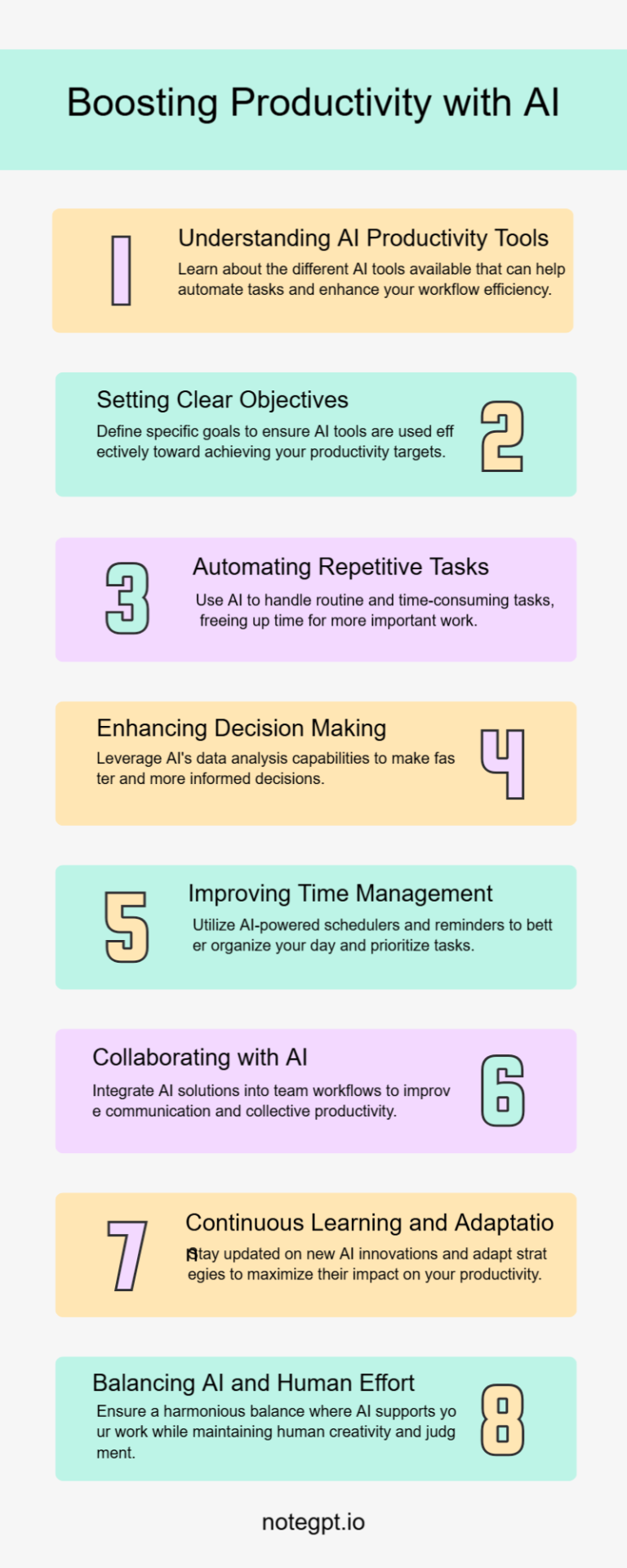
On the morning of April 3, 2025, millions of users across Europe woke up to breaking news about a major cyberattack on a financial institution. But what many didn’t realize was that the first report they read—published by Bloomberg—was generated by an AI model just 24 seconds after the news broke on financial markets.
Welcome to the new age of journalism, where algorithms can write earnings reports, detect fake news, and personalize stories—all in real time.

The Rise of AI-Generated Journalism
Newsrooms around the world are increasingly using Artificial Intelligence (AI) not to replace journalists, but to augment their speed and scale.
Reuters, Bloomberg, and The Washington Post have all deployed AI systems. The Post’s “Heliograf”, launched in 2016, now regularly generates thousands of stories during elections, sports events, and breaking news scenarios. In 2024, Bloomberg’s Cyborg system was responsible for writing nearly one-third of its financial reports each quarter .
“These tools allow reporters to focus on the ‘why’ while machines handle the ‘what, when, and where,’” says Marina Cortez, director of innovation at the Associated Press. “We’re not replacing human insight—we’re enhancing it.”
Personalization and the News Feed Economy
Platforms like Google News, Flipboard, and Apple News+ use machine learning to personalize content, curating articles based on individual preferences and reading history. According to a 2023 Pew Research study, 72% of Americans under 35 consume most of their news through algorithmically generated feeds .
While personalization increases engagement, it also raises concerns about echo chambers and filter bubbles, where users are only exposed to perspectives that reinforce their existing views.
“This is a double-edged sword,” says Dr. Talia Briggs, a media sociologist at NYU. “AI makes content delivery efficient—but it risks limiting democratic exposure to diverse opinions.”
Fighting Fake News with Real-Time Tech
With misinformation spreading faster than ever, news organizations are also turning to AI fact-checking tools. Platforms like NewsGuard, ClaimReview, and Google’s Fact Check Explorer use natural language processing to analyze credibility and trace the origin of viral claims.
In 2024, BBC Verify launched an automated tool to detect manipulated video footage, flagging deepfakes based on inconsistencies in lighting and speech patterns. Meanwhile, startups like Logically AI provide governments and newsrooms with dashboards to monitor disinformation networks in real time.
According to a MIT study, AI-assisted fact-checking reduces the spread of fake news by up to 37% when deployed within the first 12 hours of a false story .
Citizen Journalism in the Age of 5G and Drones
Technology isn’t just empowering big media—it’s democratizing news production.
With 5G-powered smartphones, livestreaming apps, and even drones, individuals can now document events from war zones, protests, or climate disasters in real time. Platforms like TikTok, Telegram, and X (formerly Twitter) have become de facto frontline reporting tools.
The 2024 Sudan conflict saw firsthand drone footage from citizens broadcast by major outlets, verified through blockchain timestamping via tools like Starling Lab, ensuring footage authenticity .
“Technology has made everyone a potential journalist,” says Marcus Leung, a digital journalism professor at the University of Toronto. “The challenge is how we verify and contextualize that flood of content.”
The Ethical Frontier
As automation accelerates, questions about journalistic ethics, AI bias, and editorial control loom large.
Who’s accountable when an algorithm spreads misinformation? Should AI-generated stories be labeled? And how can outlets ensure AI doesn’t unintentionally replicate systemic bias?
The European Union’s AI Act, passed in 2024, now requires news organizations using AI tools to disclose when content is algorithmically generated or edited . Similarly, The New York Times updated its editorial guidelines to require human oversight on all AI-assisted publications.
Conclusion: Human Stories, Machine Speed
Despite the growing role of machines, one truth remains: journalism is, at its heart, a human endeavor. While algorithms may write the first draft, it’s the human voice that provides context, empathy, and accountability.
“Technology can inform us faster,” says Cortez of the AP, “but it’s journalists who help us understand what it all means.”
References
-
Bloomberg. (2024). How Bloomberg Uses Automation in Journalism.
https://www.bloomberg.com/company/announcements/how-bloomberg-is-using-automation-in-journalism/ -
Pew Research Center. (2023). News Consumption and Media Attitudes.
https://www.pewresearch.org/journalism/2023/11/01/news-consumption-and-media-attitudes-2023/ -
BBC News. (2024). How BBC Verify is Combating Deepfakes.
https://www.bbc.com/news/technology-66143990



